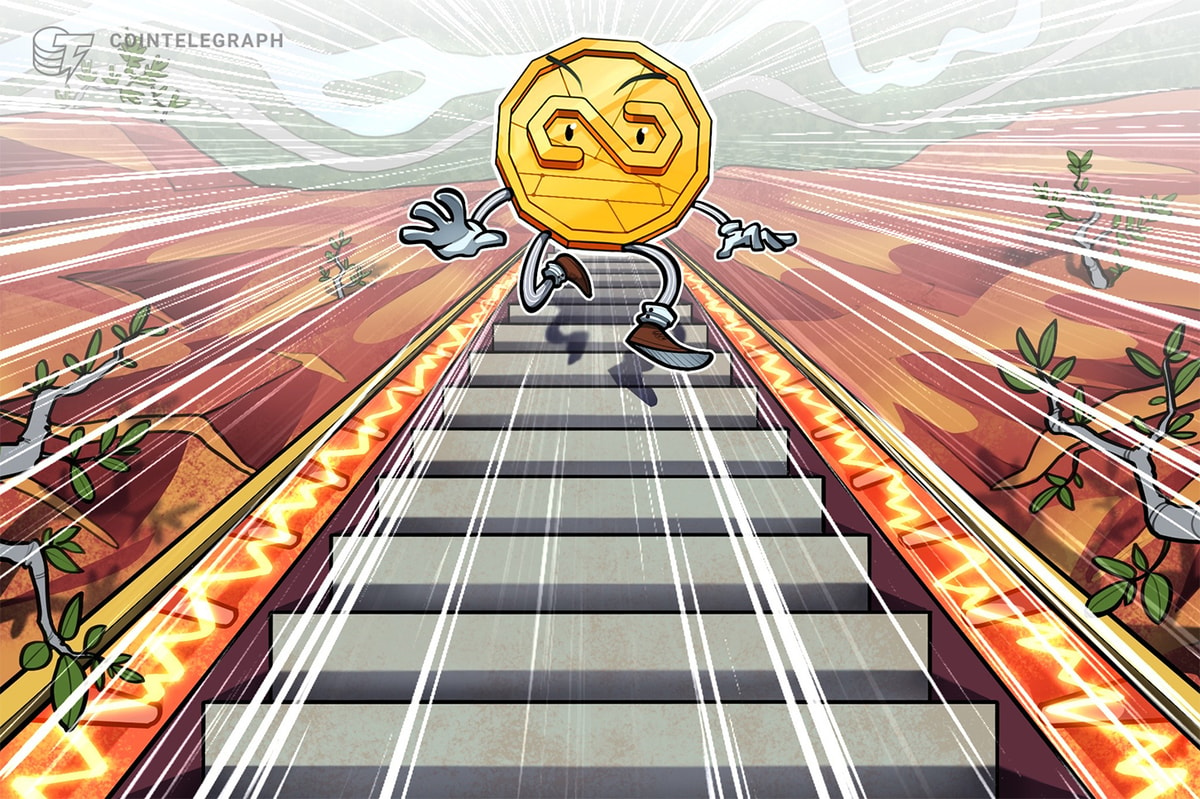In a unique form of protest, residents of San Francisco have taken to social media platforms like TikTok and Twitter to encourage others to disable autonomous vehicles by placing a traffic cone on their hoods. The grassroots movement aims to highlight concerns about the impact of self-driving cars on the city and its livability.

Videos circulating on these platforms show individuals placing traffic cones on the hoods of autonomous vehicles from companies like Waymo and Cruise, effectively stopping their operation. The pranksters behind this movement argue that it is a symbolic act of resistance against what they perceive as a corporate encroachment on their city.
The idea behind this protest is to showcase the vulnerability of autonomous cars and question their integration into urban environments. By simply placing a traffic cone on the hood, these individuals aim to disrupt the functioning of self-driving vehicles, sending a message of dissent and asserting their right to shape the future of their communities.
A decentralized group of safe streets activists in San Francisco realized they can disable Cruise and Waymo robotaxis by placing a traffic cone on a vehicle’s hood, and they’re encouraging others to do it, too.
https://t.co/eov609U2f3— Kalinga Athulathmudali (@kalinga) July 7, 2023
While the prank may seem light-hearted, it raises questions about the broader societal implications of autonomous vehicles. Advocates argue that self-driving cars have the potential to transform transportation and reduce accidents, congestion, and emissions. Opponents express concerns about job displacement, loss of control, and the potential for increased surveillance.
Videos on TikTok and Twitter are encouraging people in San Francisco to stop robo-taxis by placing a traffic cone on the hood https://t.co/rp2MyDyv55
— Matt Novak (@paleofuture) July 7, 2023
The protest has gained attention and sparked debates among experts, engineers, and policymakers. The question of how to prevent such disruptions and address public sentiment regarding autonomous vehicles is now at the forefront of discussions. Engineers are grappling with the challenge of finding effective solutions that can deter and protect self-driving cars from these acts of protest.
The people of San Francisco are rising up against self-driving cars. All it takes is a simple traffic cone to expose the achilles heel of the corporate car attack on livable cities. Anyone can join this fun, community-oriented direct action. #PeoplePower https://t.co/H7crGDadb5
— Patrick Reinsborough (@RadicalWhispers) July 6, 2023
It is important to note that this movement represents a localized response and does not reflect the views of the entire San Francisco community. While some support the protest as a means of voicing their concerns, others believe that engaging in direct action against autonomous vehicles is unnecessary and potentially dangerous.
Stakeholders in the autonomous vehicle industry, policymakers, and residents will need to find common ground to ensure that technological advancements align with the values and aspirations of the communities they serve. Only through open dialogue and collaboration can we navigate the complex intersection of technology, urban development, and public sentiment.
Read more about AI:
Read More: mpost.io









 Bitcoin
Bitcoin  Ethereum
Ethereum  Tether
Tether  XRP
XRP  Solana
Solana  USDC
USDC  Dogecoin
Dogecoin  Cardano
Cardano  TRON
TRON  Lido Staked Ether
Lido Staked Ether  Wrapped Bitcoin
Wrapped Bitcoin  LEO Token
LEO Token  Toncoin
Toncoin  Chainlink
Chainlink  Stellar
Stellar  USDS
USDS  Wrapped stETH
Wrapped stETH  Avalanche
Avalanche  Sui
Sui  Shiba Inu
Shiba Inu  Hedera
Hedera  Litecoin
Litecoin  Polkadot
Polkadot  MANTRA
MANTRA  Bitcoin Cash
Bitcoin Cash  Bitget Token
Bitget Token  Ethena USDe
Ethena USDe  WETH
WETH  Binance Bridged USDT (BNB Smart Chain)
Binance Bridged USDT (BNB Smart Chain)  Wrapped eETH
Wrapped eETH  Hyperliquid
Hyperliquid  Monero
Monero  WhiteBIT Coin
WhiteBIT Coin  Pi Network
Pi Network  Uniswap
Uniswap  Dai
Dai  Pepe
Pepe  sUSDS
sUSDS  NEAR Protocol
NEAR Protocol  Aptos
Aptos  OKB
OKB  Coinbase Wrapped BTC
Coinbase Wrapped BTC  Gate
Gate  Tokenize Xchange
Tokenize Xchange  Ondo
Ondo  Cronos
Cronos  Mantle
Mantle  Ethereum Classic
Ethereum Classic  Internet Computer
Internet Computer